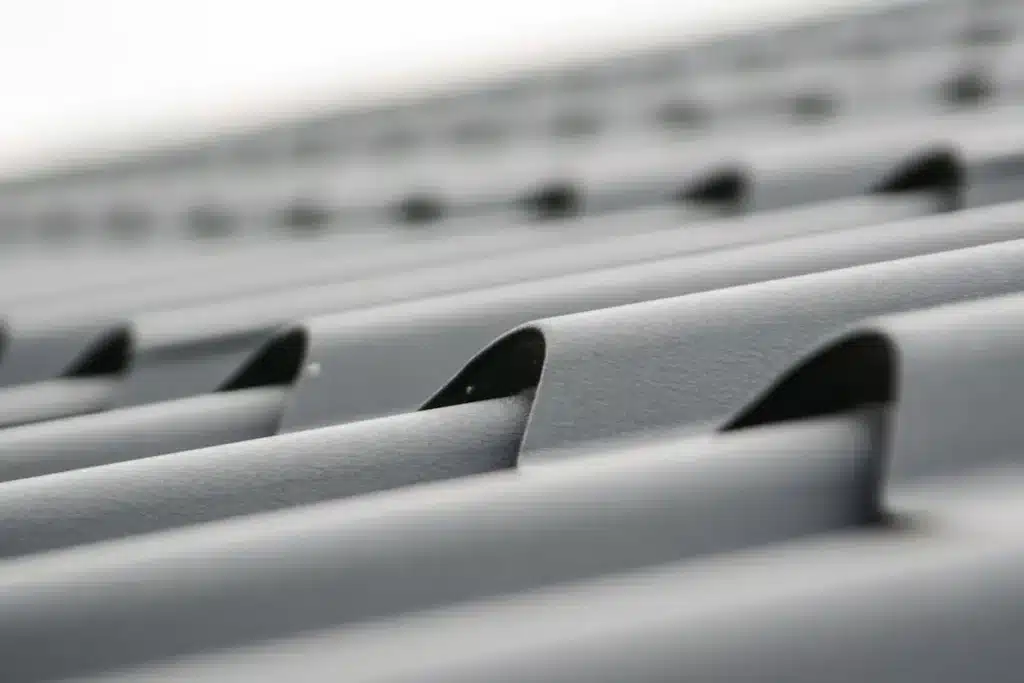Understanding structural panels
Structural panels play a crucial role in making homes more energy-efficient. They provide superior insulation and reduce air leakage, helping to keep your home at a consistent and comfortable temperature. Structural panels also contribute to a more airtight building envelope, which prevents heat loss in the winter and keeps your home cool in the summer. This can lead to lower energy bills and a reduced environmental impact, making structural panels an important consideration for anyone looking to improve their home’s energy efficiency.

Key benefits of structural panels for energy efficiency
Structural panels provide excellent insulation, which helps to keep your home warm during the winter and cool during the summer. They reduce the transfer of heat through walls and roofs, resulting in lower energy costs. The airtight construction of structural panels minimizes drafts, ensuring that your home maintains a consistent and comfortable temperature. Additionally, these panels often use eco-friendly materials, which not only helps to reduce your carbon footprint but also contributes to a healthier indoor environment for you and your family.
Types of structural panels for homes
Structural panels for homes come in various types, each with its own unique set of features and benefits. Some common types include SIPs (Structural Insulated Panels), ICFs (Insulated Concrete Forms), and CLT (Cross-Laminated Timber). SIPs are known for their excellent insulation properties, while ICFs offer exceptional strength and durability. CLT panels are prized for their sustainability and environmental friendliness. Each type of panel has its own advantages, so it’s important to consider your specific needs and priorities when choosing the right option for your home.
Installation process of structural panels
The installation process of structural panels is relatively straightforward. Firstly, the panels are carefully placed and secured to the framework of your home. Then, any necessary adjustments are made to ensure a precise fit. Once the panels are in place, they are sealed to create a seamless barrier, which significantly reduces heat loss and contributes to the overall energy efficiency of your home.
How structural panels reduce energy consumption
Structural panels are designed to provide excellent insulation for your home, reducing the need for excessive heating and cooling. They create a tight seal that prevents air leakage, keeping your home at a consistent and comfortable temperature. This results in lower energy consumption and reduced utility costs. The high thermal performance of structural panels makes them a valuable investment in improving your home’s energy efficiency.
Comparing energy efficiency with traditional building materials
Structural panels are known for their energy efficiency compared to traditional building materials. Energy-efficient structural panels such as SIPs (Structural Insulated Panels) provide better insulation, reduce air leakage, and create a tighter building envelope, which helps to keep the indoor temperature stable. In contrast, traditional building materials like wood or steel, while still widely used, may not offer the same level of energy efficiency. This means that using structural panels in construction can significantly contribute to better energy conservation in your home.
Cost considerations for using structural panels
When considering the cost of using structural panels for your home, it’s essential to understand the different factors that can impact the overall expense. Here are some key points to keep in mind:
- The initial cost of structural panels may be higher compared to traditional building materials, but they can lead to long-term cost savings by improving energy efficiency.
- Structural panels can help reduce energy consumption, leading to lower utility bills over time.
- The cost of structural panels may vary based on factors such as the size of your home, local labor costs, and the specific type of panels chosen for your project.
- While the initial investment may be higher, the long-term energy savings and durability of structural panels can make them a cost-effective choice for homeowners looking to improve energy efficiency in their homes.
Maintenance and longevity of structural panels
Structural panels are known for their durability, requiring minimal maintenance over time. According to the Structural Insulated Panel Association, structural panels have an average lifespan of 50 years or more, making them a long-term investment for your home. Their solid construction and resistance to moisture, mold, and pests contribute to their longevity, reducing the need for frequent repairs or replacement. This not only saves you time and money but also helps in maintaining the energy efficiency of your home for decades to come.
Expert tips for maximizing energy efficiency with structural panels
When using structural panels for your home, consider these tips to maximize energy efficiency:
- Properly seal all panel joints to prevent air leaks
- Choose panels with high thermal insulation properties for better energy efficiency
- Install panels with airtight construction to minimize heat loss
- Use reflective coatings on panels to reduce heat absorption
- Consider the orientation of panels to optimize natural light and solar heat gain
Summary: Improving home energy efficiency with structural panels
Structural panels can significantly improve your home’s energy efficiency. They are designed to provide better insulation, reducing heat loss in the winter and preventing heat gain in the summer. This can lead to lower energy bills and a more comfortable living environment. Additionally, structural panels are easy to install and can contribute to the overall durability and strength of your home. With their high insulating properties and ease of installation, structural panels are a cost-effective way to enhance the energy efficiency of your home.

